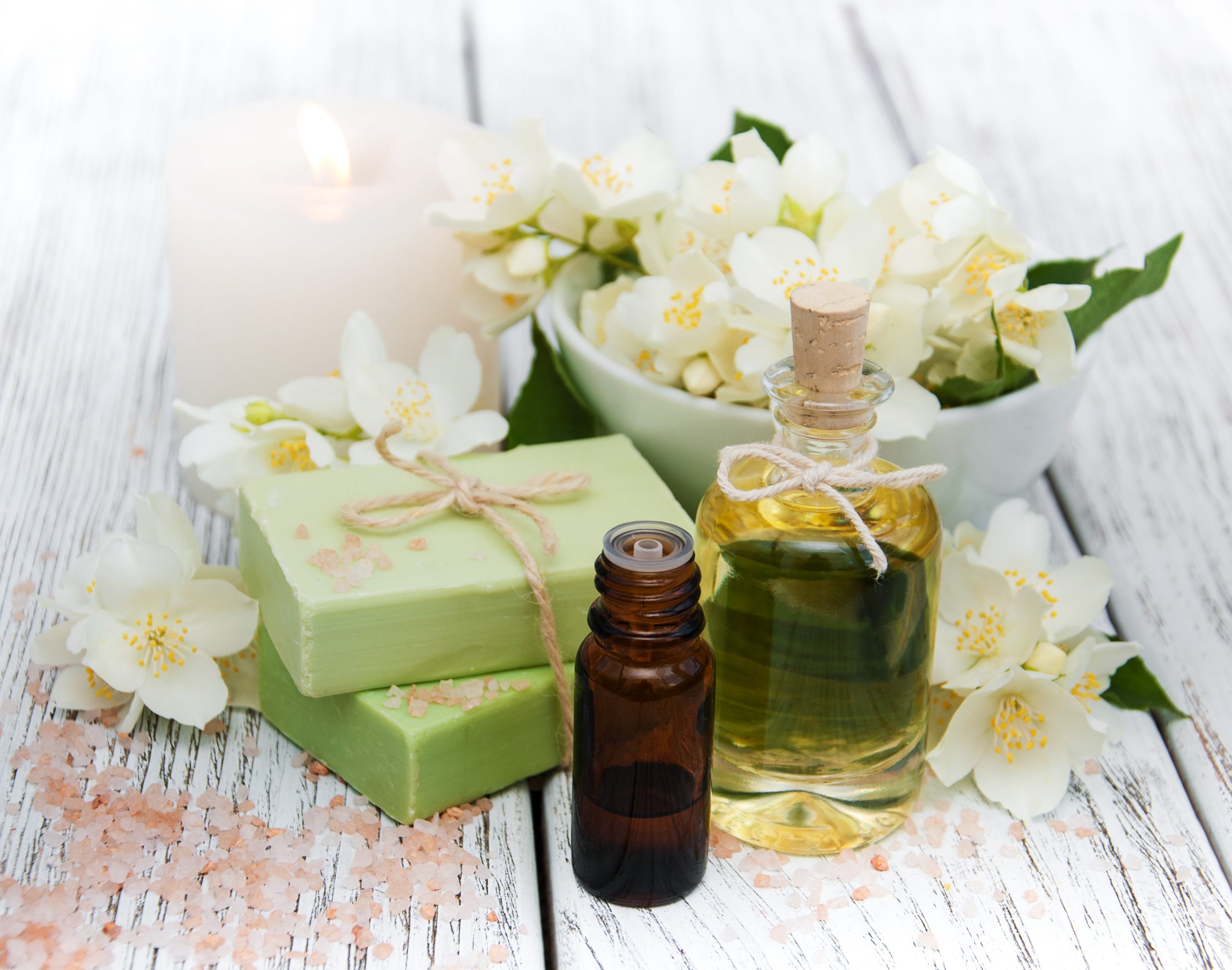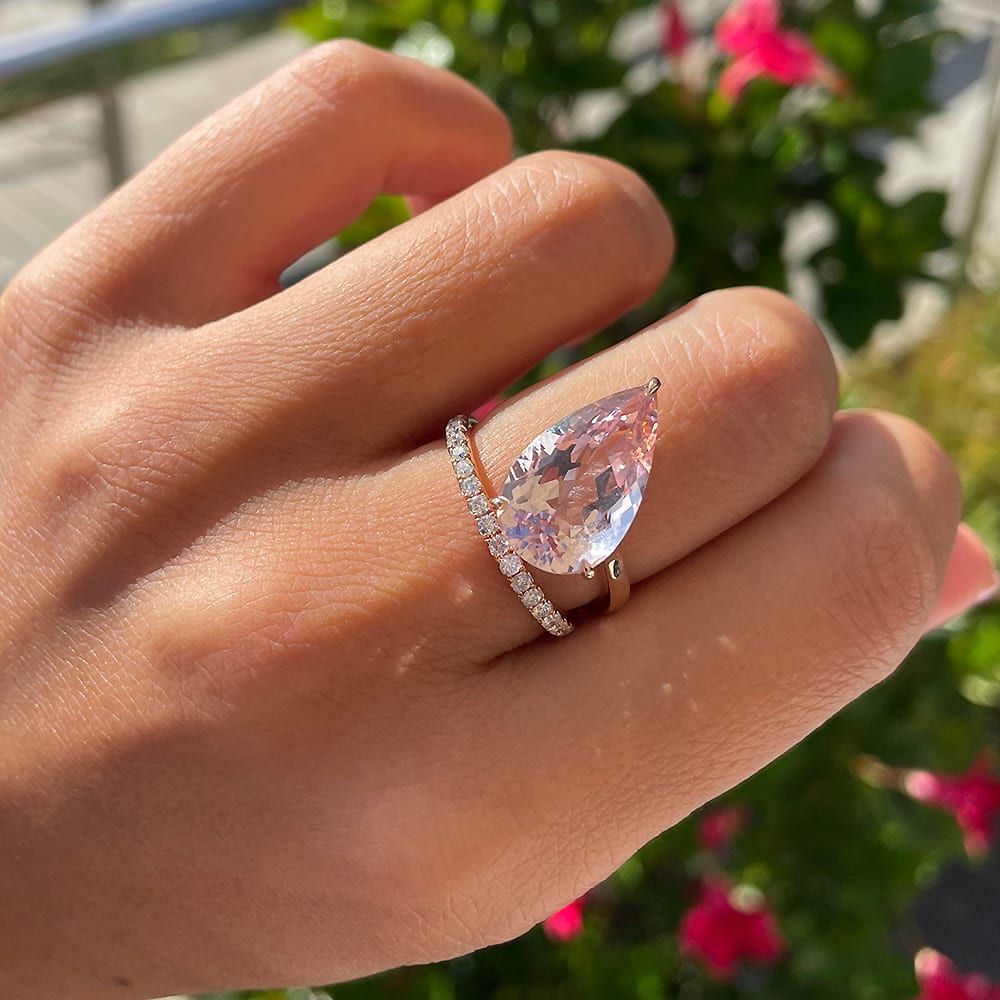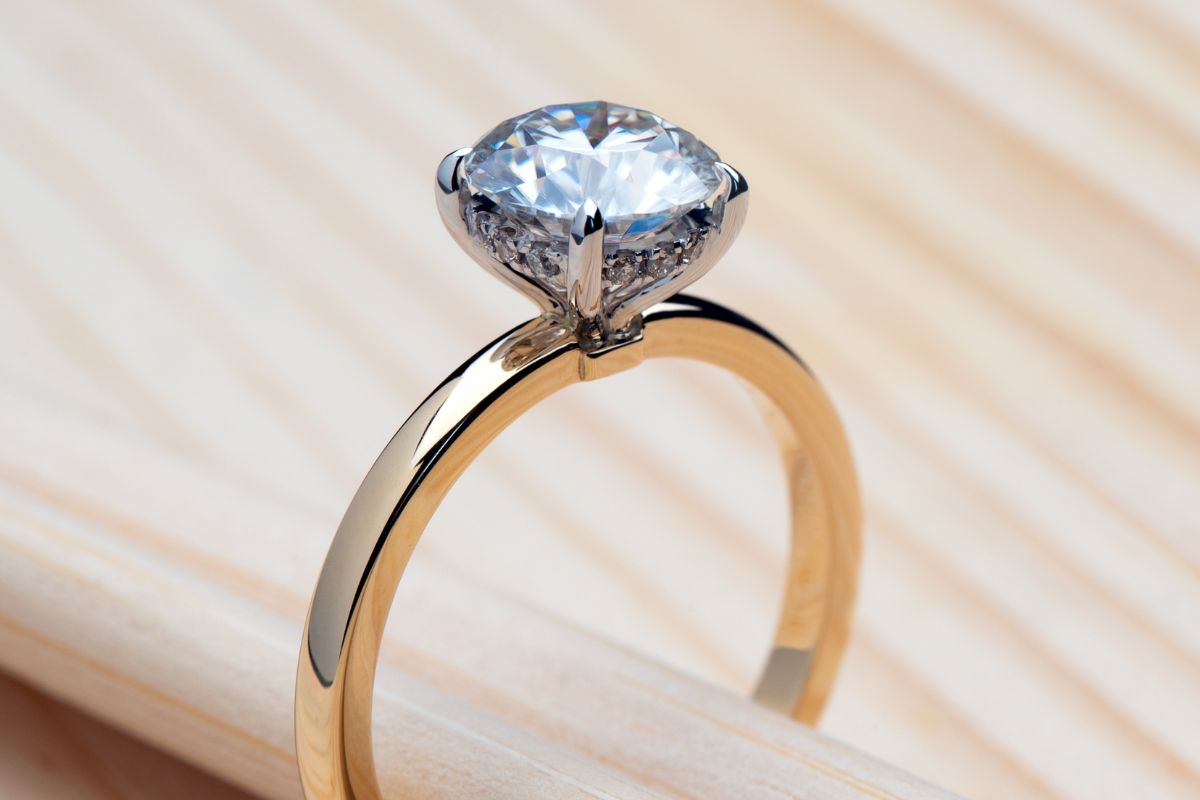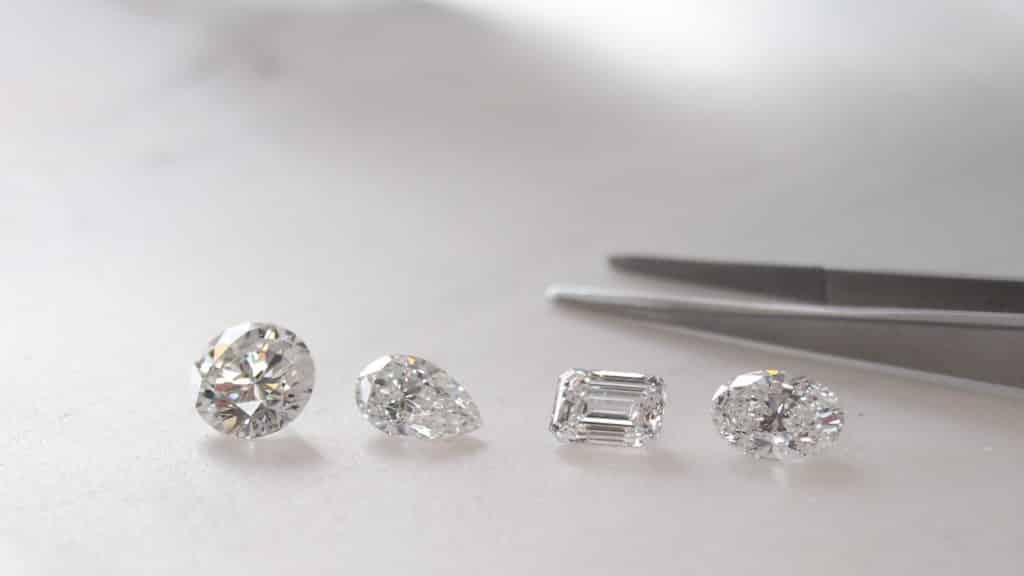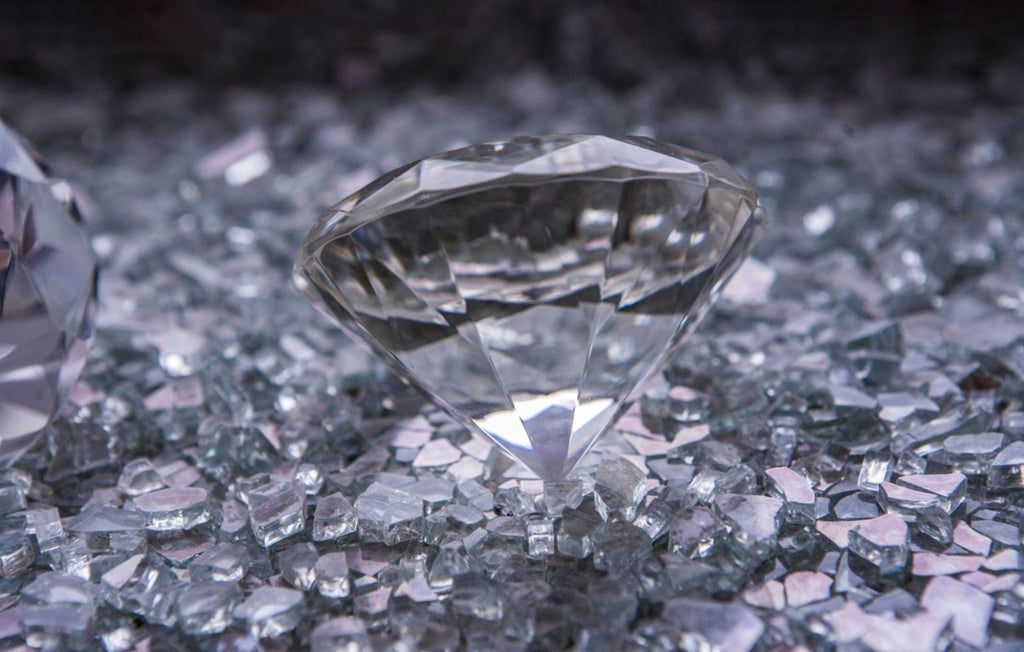If you enjoy crafting or making your own beauty products or cosmetics, then you might be tempted by handmade soaps. It will fascinate you to try your hand at making hand, bath, or decorative soaps using your favorite fragrance. Also, making your own wash bar is a brilliant way to skimp on extra money, indulge in a little creativity, and reduce your skin’s exposure to harsh and unnatural ingredients.
Experimenting with essential oils, and best of all, creating fabulous handmade gifts for friends and loved ones are the two major reasons why this guide is imperative for crafters. You will also be rewarded with a little spark of satisfaction every time you will use it.
However, the problem is the traditional way isn’t that accessible anymore. While it might look easy, according to the experts, making soap from scratch is a serious endeavor that demands patience and extreme caution, especially when dealing with lye.
Why specifically lye? It is usually considered a key ingredient in the process. This highly soluble caustic chemical usually comes in the form of sodium hydroxide. Simply put, it is combined with oils or butter through a process called saponification. Ultimately, these elements neutralize each other and form a salt that we know as soap.
So, should it be used in the DIY process? Though many recipes call for using lye as the base, it can be hazardous to work with at home. It is caustic to your skin when it touches it and to eyes and mucous membranes when mixed with water. Regardless, if you are choosing to use it along with the essential oils, watch out for appropriate ventilation and personal protection gear.
If you want to go another way around, here’s how you can make soap without lye.
Due to safety reasons, we have come up with a simpler and safer “melt and pour” method at home. Many reputable retailers use this method to make and sell essential oil wash bars. Without lye, you can have fun making it even with your kids, and you wouldn’t have to deal with potential dangers or learn the chemistry of the saponification process.
Table of Contents
First, Choose a Recipe and an Essential Oil
One of the easiest ways to start is to purchase a soap base, which is a pre-mixed combination of soap, glycerin, and a few add-ins like essential oils and additives for transparency or fillers for making opaque bars. We recommend buying Young Living essential oils for ensuring purity.
Then, Gather Your Tools
All you really need is a heat-safe container, a stainless steel wire whisk, any old pots or pans, a mixer, and silicon molds. The heat-safe container will be used to melt the base, the whisk will be used for stirring in the fragrance, pots or pans will work as the perfect vessels for crafting the bar, the mixer will be used only if you add extras, and molds should be well for guest-sized soaps.
Third, Melt the Base
This step can be done in the microwave or a stovetop. If using a double-boiler on the stovetop, place the base into the vessel and let it sit over medium-low heat until the base melts and the water gently boils. In a microwave, heat it on high for one minute and keep checking if the base is melted in short bursts of 20-30 seconds.
Now, Mix in the Fragrance
The general rule of thumb is to add about a teaspoon of essential oil per pound of wash bar. Remove the molten base from the stove or oven and place the container on a heat-resistant surface. Now, with a wire whisk, blend in the fragrance quickly but gently.
Carefully, Fill the Mold
Be wary while pouring the mixture into your mold. You can fill the molds as close to the top as possible because the mixture wouldn’t rise or expand upon cooling
Lastly, Cool and Unmold It
Let it sit at room temperature and avoid touching or distributing it until it is fully solidified. Upon cooling, pop it out of the mold and use it.
So, what are you waiting for? Use this soap-making recipe with essential oil to glorify your skin.

